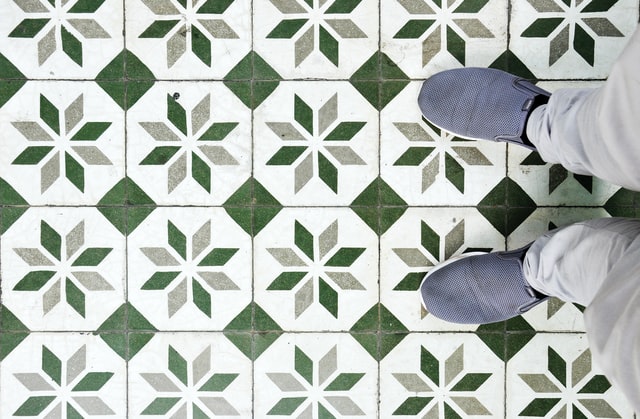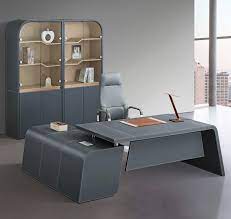What happens when you use low-quality tiles?

In fact, ceramic tiles are the necessary materials for decoration. We know little about the choice of ceramic tiles, and we often listen to others to introduce this good or that good. The market is really big, and how much do we know? Today, let’s talk about how to distinguish between good and bad ones.
Of course, ceramic tile manufacturers are not so easy to distinguish. They all say their tile is very durable, waterproof, can be used for a long time and so on.
It is difficult to distinguish the quality of tiles by one’s eyesight. how to distinguish good-quality tiles? Before you go shopping, pay attention to the following details!
Choose the tiles that suit you best
Tiles are manufactured in a variety of ways. The most common methods are extruded and pressed or molded. The extrusion process uses a machine to press clay into long rods, which are then cut into sheets of tile. Production speed and cost are improved with the extrusion method, since it can be operated by one person, but the tiles produced may lack the appearance of handmade tiles and have a characteristic seam that runs along the edge.
The pressed or molded tile is made from powdered clay combined with water to form a thick slurry that is then forced under high pressure through a mould to produce individual tiles. This type of tile is usually thicker and more uniform in appearance than an extruded tile, although it still has a seam on the edges. Both methods produce tiles that are equally durable when properly installed, although moulded tiles tend to be heavier than extruded tiles.
Tiles may also be slip-cast or hand-made, with slip-casting being an inexpensive way to produce large quantities of tile, while hand-made production gives tilemakers more control over each individual piece. Handmade tiles may be uniquely designed or created by combining several moulds together, resulting in some beautiful designs and patterns.
What does happen when you crack or chip your low-quality tiles?
The first thing to understand is it’s not just about the tile itself, but how you fit it as well. If you’re using a substandard tile, then the adhesive used to stick it in place might not be up to the job of holding it securely in place, meaning that any external damage will have the potential to allow water to seep behind the tile and start rotting the wood or other materials behind it.
Tiles are also very heavy, so if you’re fitting them on a bathroom ceiling, for example, and one cracks or chips then that could cause more tiles to come loose and start falling. It might even end up denting your newly tiled walls as they fall!
What to do with the remnants of the tiles?
Inevitably, there will be a few tiles left over at the end of your tiling project. What are you supposed to do with these leftover tiles? Well, you could always just put them in your bathroom, kitchen cupboards for when you need a quick tile touch-up – or even just to use as coasters. Or you can use them in another project.
Tiling is always going to be a little bit tricky if you’re trying it for the first time, so it’s likely you’ll have tiles left over at the end of your project. If they are all the same colour and style, then it’s not all that difficult to use them again. Just make sure they look good together before you commit – and remember the grout lines will show through.
Sizes and measurement
In the world of interior design, there are few materials as versatile and aesthetically pleasing as tile. Tile comes in a vast range of sizes, from 7.5 x 15cm metro bricks to large format 60 x 120cm tiles. Choosing the wrong tile size can lead to a failed project.
But unless you’re sure of the size, you need, it’s best to visit your tile suppliers showroom and get some advice from trained staff. They’ll be able to recommend the right size tile for your project and will also be able to advise on design choices to help you make the most of your available space.
Look
To check the water absorption of ceramic tile, pour water on the back of the tile to see whether there is a diffusion area on the ceramic tile surface. If there is no diffusion area or small area, then it is a good quality tile with low water absorption and is easy to be installed or not easy to be broken.
Tiles with obvious defects can be said that they are low-quality products in which no one wants to use for decoration purposes. Such products will not become decorating prices in a short time and do not have good sales. Therefore, we must understand that buying high-quality ceramic tiles is an important way to make profits in future use and decoration.
At the same time, pay attention to whether there are black spots, bubbles pinholes cracks scratches stains edges corners etc on the surface of ceramic tiles and whether there are defects like leakage, wear and tear and whether the glass tiles are deformed.
Pay attention to the details
What we choose to install in our home is something that will last for many years to come. Picking the right tile for your needs is very important. It’s vital that you know what makes a good quality tile and how to spot a bad one.
If you are thinking of buying tiles, the weight will give you an idea of how it feels and the quality of it. If the tile feels heavy, it means it has a lot of materials in it and is therefore of higher quality. On the other hand, if the tile feels light, it’s definitely not worth buying as it’s made with inexpensive materials and won’t last long.
If you are looking at tiles in person, rather than online, you can also feel the edges of the tiles. If they feel sharp then they are more likely to break during installation or when being walked on, so they aren’t very good quality. Try to avoid these kinds of tiles as much as possible.
Colour uniformity and design integrity
Every tile should be the same colour and design all over. This ensures that when a tile is installed in a place where it will be seen, it will not leave an ugly impression on people who view it. The best way to check for this is to open the box for inspection before making a purchase. Open the box for inspection to see if there is any damage. Pull the products in different packages one by one. Lay them out to see if there are any differences in colour and size. Talk with the seller about how they can be of help when choosing the best tiles for your bathroom and have them show you samples first-hand so that you can make an informed decision on which product to buy.
We believe these tips will help you find quality tiles that will decorate your home for years.





